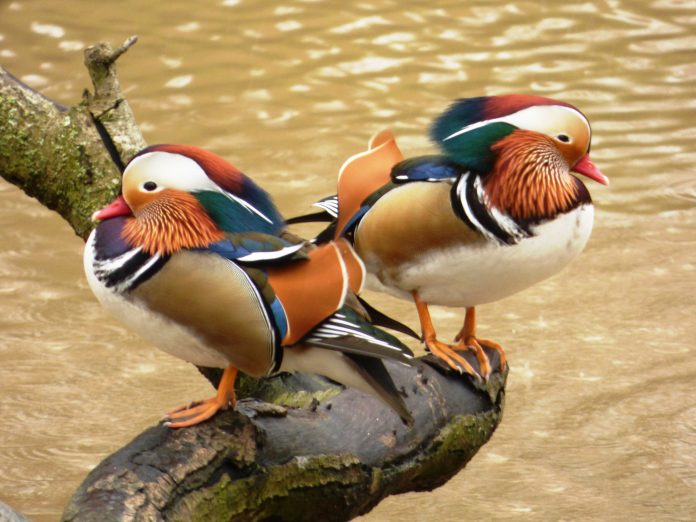Wirral is a great place for watching wild birds with the Dee Estuary especially hosting internationally and nationally important numbers of several wader and wildfowl species. The estuary has been designated a Ramsar site and Special Protection Area status. The North Wirral foreshore and the Mersey are also rich habitats. Then there are the woods, farmland and heaths for further habitat variety.
Some birds are resident all year, like the familiar Blackbird, Robin and Blue Tit. Other species such as Dunlin, Knot and Curlew come to the Wirral to spend the winter feeding on the salt marshes. The Purple Sandpiper is a less common but notable visitor, found on the rocky shore of Hilbre Island.
Other birds migrate to the Dee to breed during the spring and summer. Avocets used to be limited to south and east England, but they are now slowly colonising the north-west, with a stronghold at the Burton Mere Wetlands RSPB reserve. Last year, 35 nests produced 73 chicks, a great success. Little Egrets, once scarce in Britain are now numerous on the Wirral.
Wirral’s location on the East Atlantic migration flyway, and with the Dee and Mersey rivers either side, mean that rare birds may turn up during migration time. They often are only seen briefly flying overhead, or maybe just stopping for a few hours. One has to be quick to see these scarcities in case they move on quickly!
A couple of winters ago, an American species called a Laughing Gull turned up at New Brighton and stayed for several weeks. Twitchers came from all over Britain to see it! Other recent scarce birds have included a White-tailed Eagle and a Black-winged Pratincole.
Mandarin ducks can be seen at Arrowe Park and other pools – the males look stunning. This species is native to China, but birds were imported into the UK in the past for private collections. Inevitably some escaped and there is now an increasing breeding population. Ironically their numbers are under threat from loss of habitat in China.
About Wirral Bird Club
Wirral Bird Club caters for all who have a common interest in wild birds – from the mildly curious to the keen, from the beginner to the experienced – all are welcome.
The aim of the club is to promote a general appreciation of bird watching, and in particular to provide opportunities for members to share their common interest in birds and to increase their knowledge of birds through a programme of meetings, lectures and visits to interesting bird watching sites.
Wirral Bird Club also supports national and local organisations concerned with the protection of birds and the conservation of bird habitats.
Monthly indoor meetings are held at 8pm on the fourth Thursday of each month (apart from August and December) at Kingsmead School Hall, Hoylake. Guest speakers offer illustrated presentations on a wide variety of bird-related topics.
Visitors are very welcome and the charge is £4.00, which includes light refreshments.
Outdoor field meetings are held most months of the year. Many field meetings are held on the Wirral, but also involve trips, some by coach to sites of particular interest.
Further details can be found at www.wirralbirdclub.com












